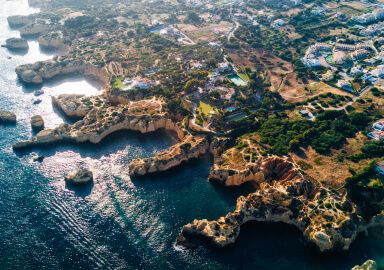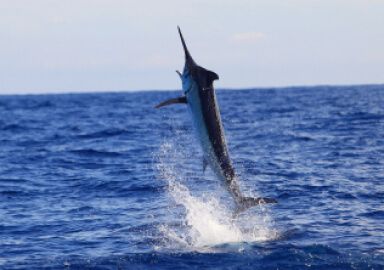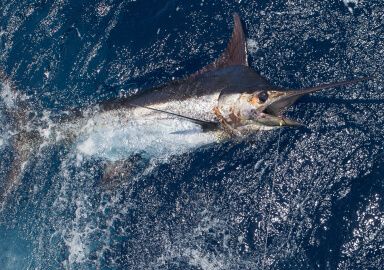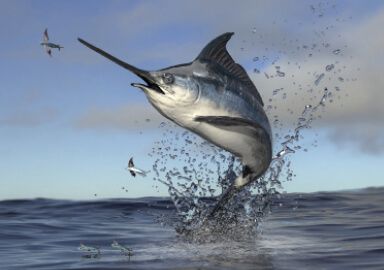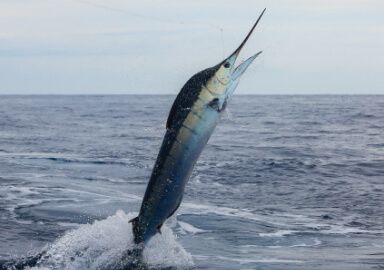White Marlin
White marlin are a top predator and extremely exciting large game fish that is difficult to hook and land but doing so creates a memorable experience and a satisfying sense of achievement.
View 42 listings
42
listings
–
price starting from
10
countries
–
to the nearest trip
Where and When?
White marlin are the Atlantic Ocean’s equivalent of the striped marlin of the Indian and Pacific Oceans. They prefer deep offshore blue waters and are found between latitudes 45 degrees North and South. They generally prefer waters above 22 degrees Celsius and seem to feed and move less in cooler temperatures. While their overall distribution is extensive they are not common over much of it. Their presence in the Mediterranean Sea and European coastal waters is rare while, off the coast of Florida, in the Gulf of Mexico and the Caribbean Sea they are usually more abundant. Ocean City, in Maryland, has however been called the “white marlin capitol of the world” and there is an annual white marlin festival there. They are a daytime fish predator of the top 100 meters of the ocean although they can apparently dive to about 200 meters chasing food. Fishing for them in winter is best nearer the equator while in summer they can be found in higher latitudes.
About White Marlin
The white marlin (Kajikia albida) is a medium sized marlin that is dark blue on top blending down the sides, often with brownish patches, to become almost white on the underside. It has the typical torpedo shaped, robust marlin body with a sharp, longish and round in section bill plus a distinctly forked tail fin. Its first dorsal fin is dark blue with black spots and it has many small sharp teeth inside the mouth to process food. It is easily confused with the spearfishspearfish (Tetrapturus georgei) but can be identified by having its anus close to the anal fin. White marlin reach a maximum length of 3 meters (10X ft.) and about 82 kilograms (180 lbs.) at an age of approximately 15 years. They are more commonly caught at around 2 meters (6.6 ft.) in length and 50 kilograms (110lbs.). They breathe by “ram ventilation”, which means that they have to keep moving all the time. They migrate great distances, towards warmer equatorial waters in winter, and a tagged individual moved 6 517 kilometers (4 083 miles) in 474 days. They are top predators of the open ocean and eat mostly pelagic shoaling fish and squid. Females are larger than males and they spawn in deep, warm water in summer in places such as SW Bermuda and NW of Grand Bahama.
How to Catch?
As an offshore species almost all white marlin fishing is carried out from charter or private boats. Their presence is unpredictable and to locate them usually requires a lot of preparation, movement and searching. Trolling artificial lures with medium tackle is usually a good option and, in some areas, larger lures or baits are used along with the smaller ones to pick up any blue marlin in the same area. Some skippers now examine the latest satellite photos to establish where warmer water areas appear to be and then use this as an initial guide to finding feeding white marlin. Once in the area, eyes are peeled to spot any sign of dorsal fins approaching a trolled or cast bait. If a white marlin fin is sighted a natural bait can be cast towards the fish. Hooking a white marlin is not easy or assured as the fish usually hits the bait/food with its bill and then circles back to eat it. It is thus a great help if the angler can use binoculars or Polaroid glasses to see the fish approach the bait the second time and, when it finally takes the bait, to immediately release the line. The fish then swims off strongly with the bait and the reel is then engaged and the fish hopefully hooked. The use of circle hooks facilitates improved hook up rates and also allows easier release and enhanced survival of released fish. An experienced skipper and crew are essential to increase chances of success when fishing for white marlin.


